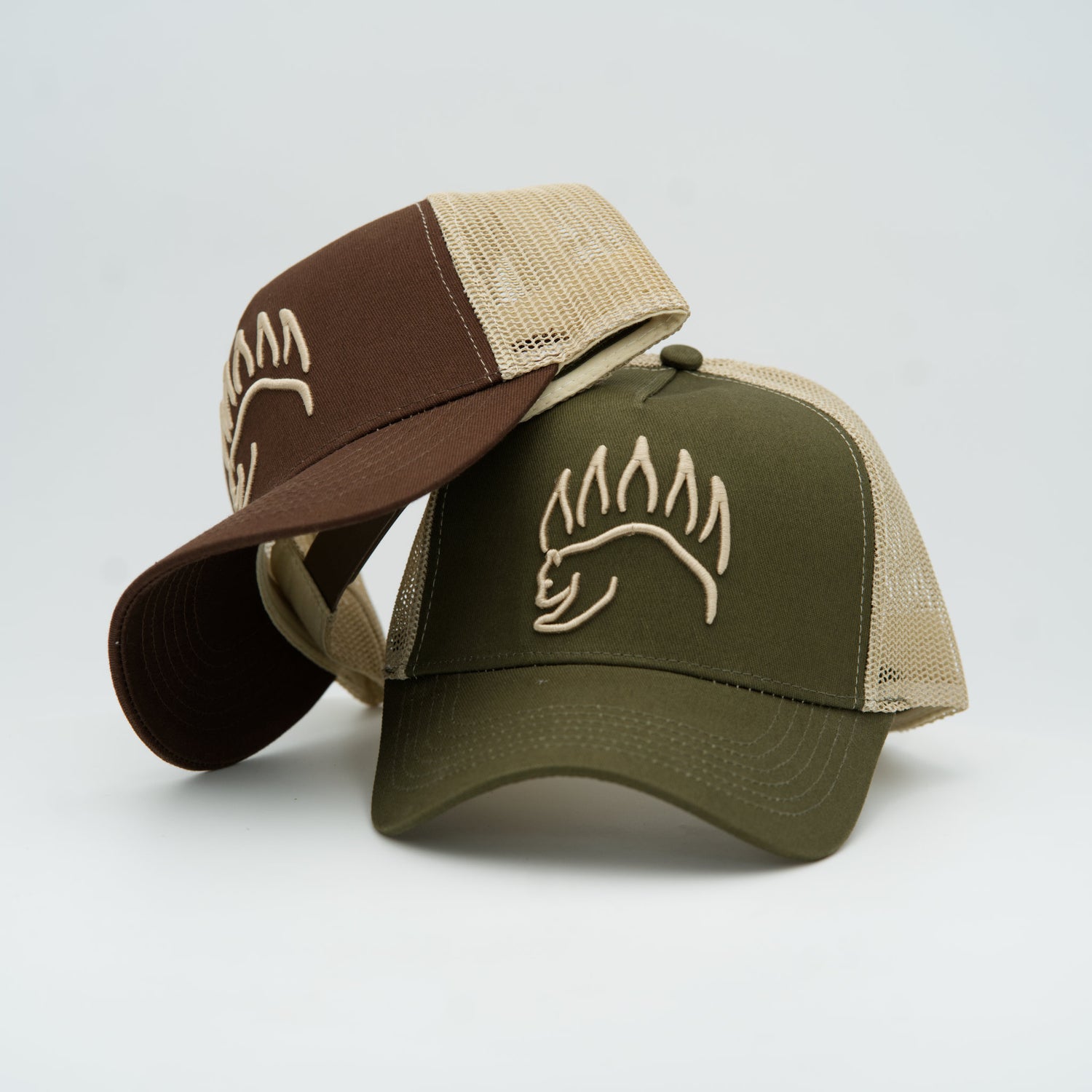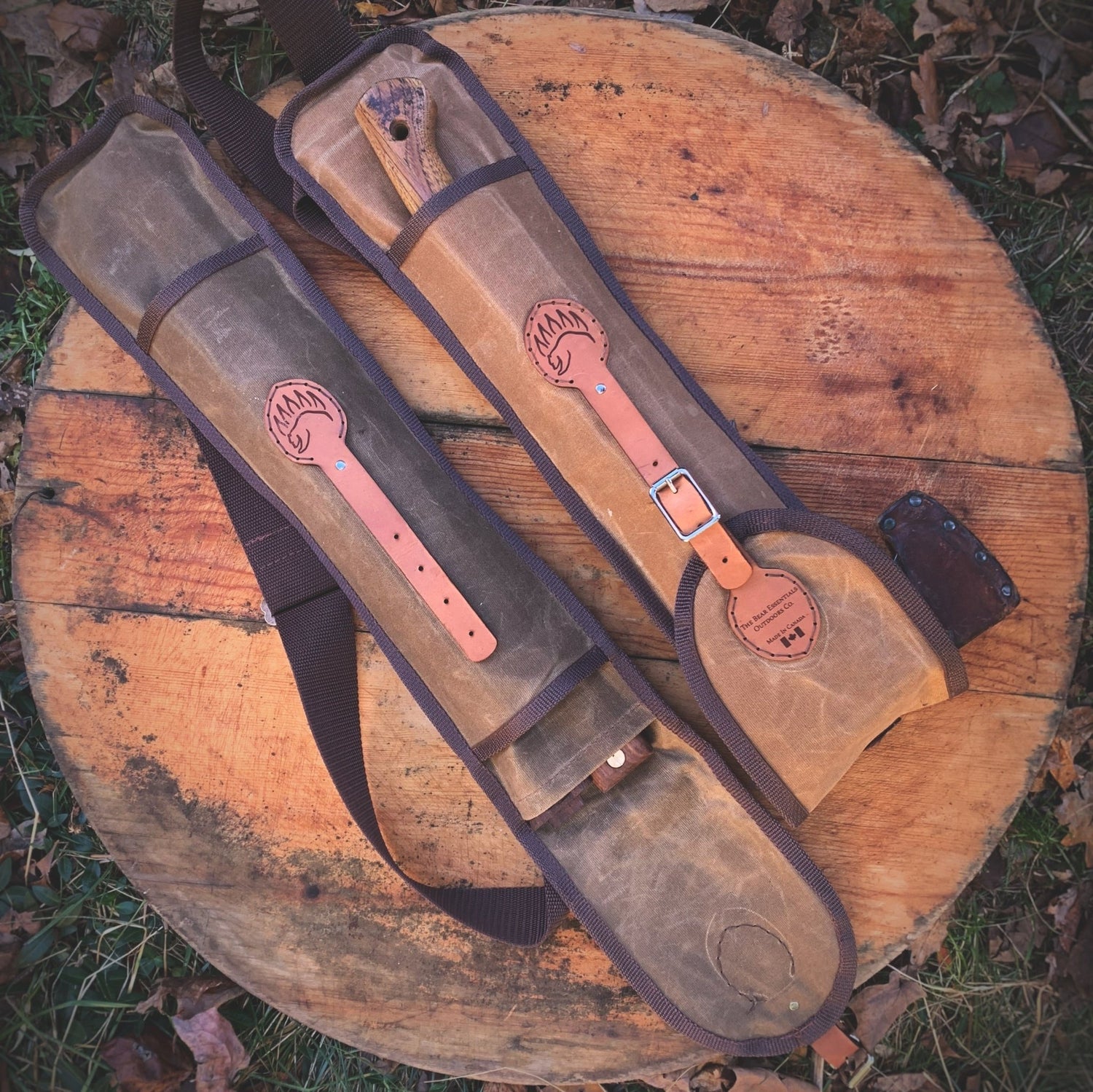Winter. Some people want to stay inside their homes to sit in front of the fireplace while reading a book and sipping some hot cocoa.
But if being cooped up at home is not your cup of tea and you want to stay active during these cold months, then check out a frozen pond or lake near you. Here, you can skate, or play hockey and curling. You can also go ice fishing or skiing if you're the more adventurous type.
But it can be easy to overestimate the thickness of the ice while navigating it. Maybe you're new to ice fishing and you don't know how to gauge its thickness. Or maybe it's just pure bad luck that you fell through a thin patch of ice.
As the old adage goes, "Forewarned is forearmed." So, in this blog, we're going to discuss how you can get out of the water and survive in case you find yourself alone in this predicament. Let's get started.
How To Get Out of The Water Quickly
Method 1
This method doesn't use any tools at all to get yourself out of the water. You'll have to rely on your upper body strength to pull yourself out.

1. Don't panic. Panicking can make you lose focus and affect your decision-making skills. Plus, when you're in cold water, you will experience shock and it can get hard to breathe if you're in panic mode. So, it's important to remain calm and focused.
Breathe deeply and steadily. Focus on the task at hand, which is getting yourself out of the water and onto the shore as quickly as possible.

2. Get your arms up and beside you to prevent full submersion. Instead of trying to push on the ice in front of you, try to get your upper arms up on the ice's surface so you can pull yourself up.

3. Raise your legs to the back and float until your body is parallel to the surface.

4. With your arms anchored on the surface of the ice, do some flutter kicks to propel yourself forward.

5. Use your core and arm strength to hoist your body up. Lift your legs one after another to push your entire body out of the water.

6. Get away from the water by doing an army crawl until you get to the shore. You can also roll sideways until you get to a safe distance from the broken ice.
Distribute your body weight evenly while crawling or rolling. Always make sure not to apply additional pressure on the ice beneath you and risk breaking another portion again.
Method 2 - Using an Ice Safety Pick

One of the best safety tools you can carry when ice fishing is an ice safety pick. This tool can go under your jacket and you can have the picks come out of the jacket's wrists. Or you can hang it on your neck for easy access in case you fall through ice. Here's how you can use this handy tool to save yourself.
1. Do steps 1 to 4 of Method 1.

2. Now, grip the ice picks firmly and stab the ends into the ice.

3. Once the ends dig into the ice, you can now pull yourself out of the water while doing flutter kicks.

4. Spread out your body weight evenly and army crawl or roll until you get to the shore or to some safe part of the frozen lake.
Additional Ice Safety Tips
1. Don't go alone. You're already familiar with the old adage, "Two are better than one." In outdoor adventures, as is anything else in life, this adage still rings true. Bring a friend or two along on your adventures so you can help each other out in case of emergencies.
2. Be updated on weather and water conditions days before and on the day of your trip. Watch news on TV or listen to local radio stations to stay updated on the weather. You can also check your weather app to stay updated.
3. Remember to check the thickness of the ice before you step on it. Three inches should be safe enough if you're ice fishing alone.
But if you're with a group of people and you’re doing activities such as skating or curling, then make sure that the ice reaches a thickness of about four inches or more to prevent it from buckling your weight.
4. Don't forget your safety gear. Invest in a good ice safety pick or two. This tool is so cheap, yet has the power to save your life at the right moment.
Bring a spud bar to check ice thickness while you navigate it. In addition, wear a life jacket or an ice fishing suit with good flotation.
5. Mind those signs. There may be warning signs where you are going, so make sure to look for them and stay in areas deemed safe by the authorities.
Have a safe and happy adventure this winter. But in case you find yourself in this situation, just remember tips and you can get back on the surface and on the shore in no time. Check out The Bear Essentials blog for more practical camping and survival tips.




